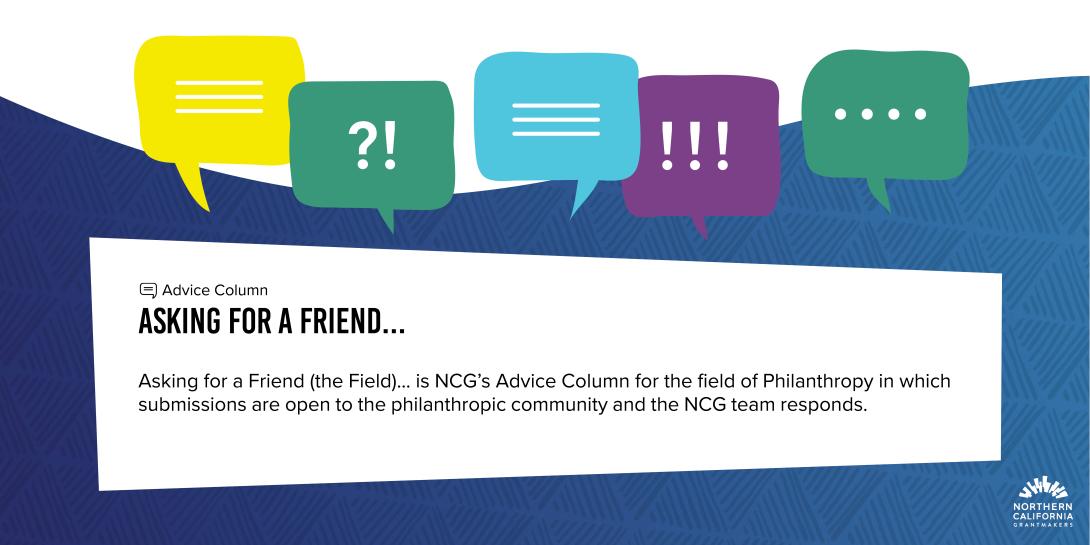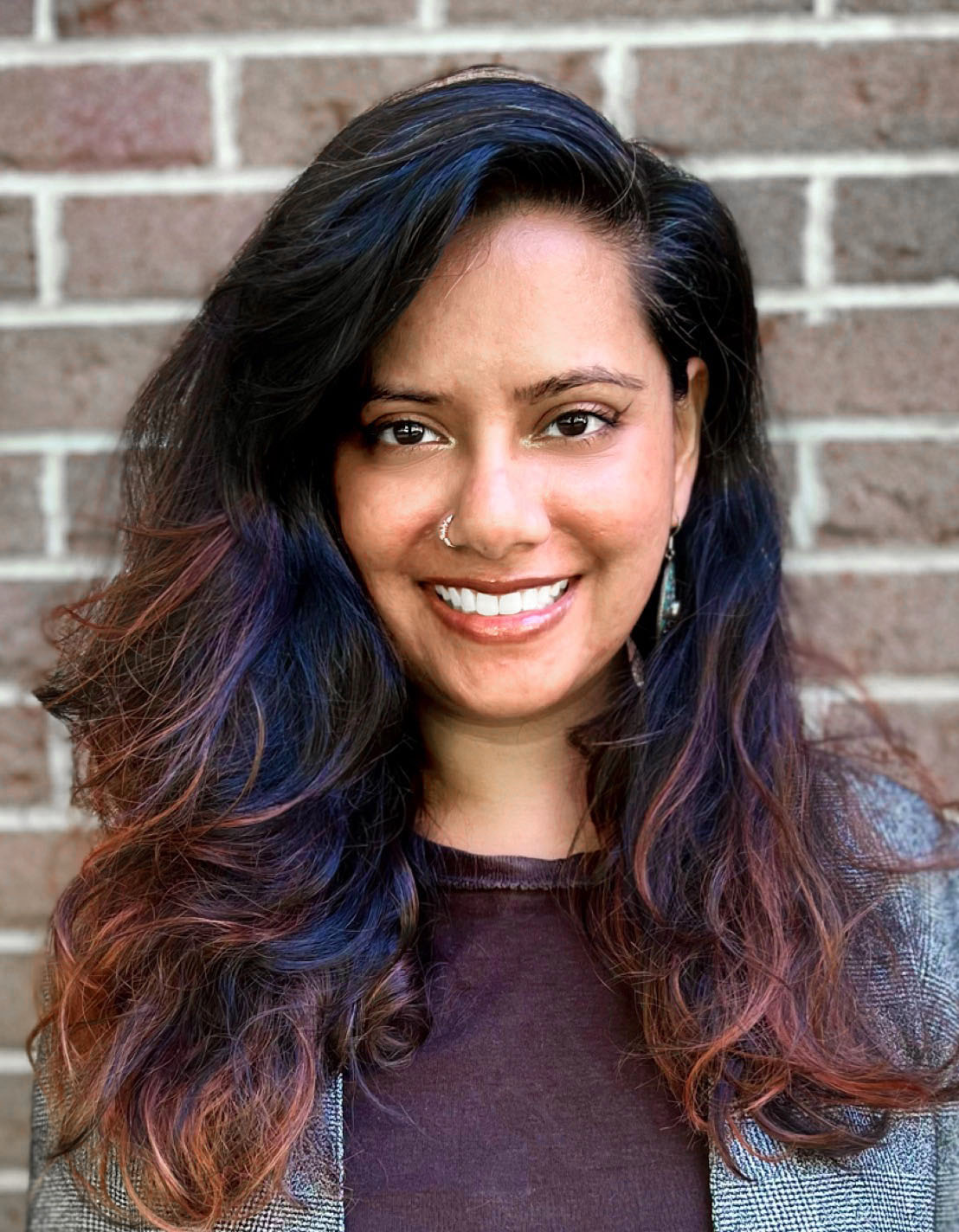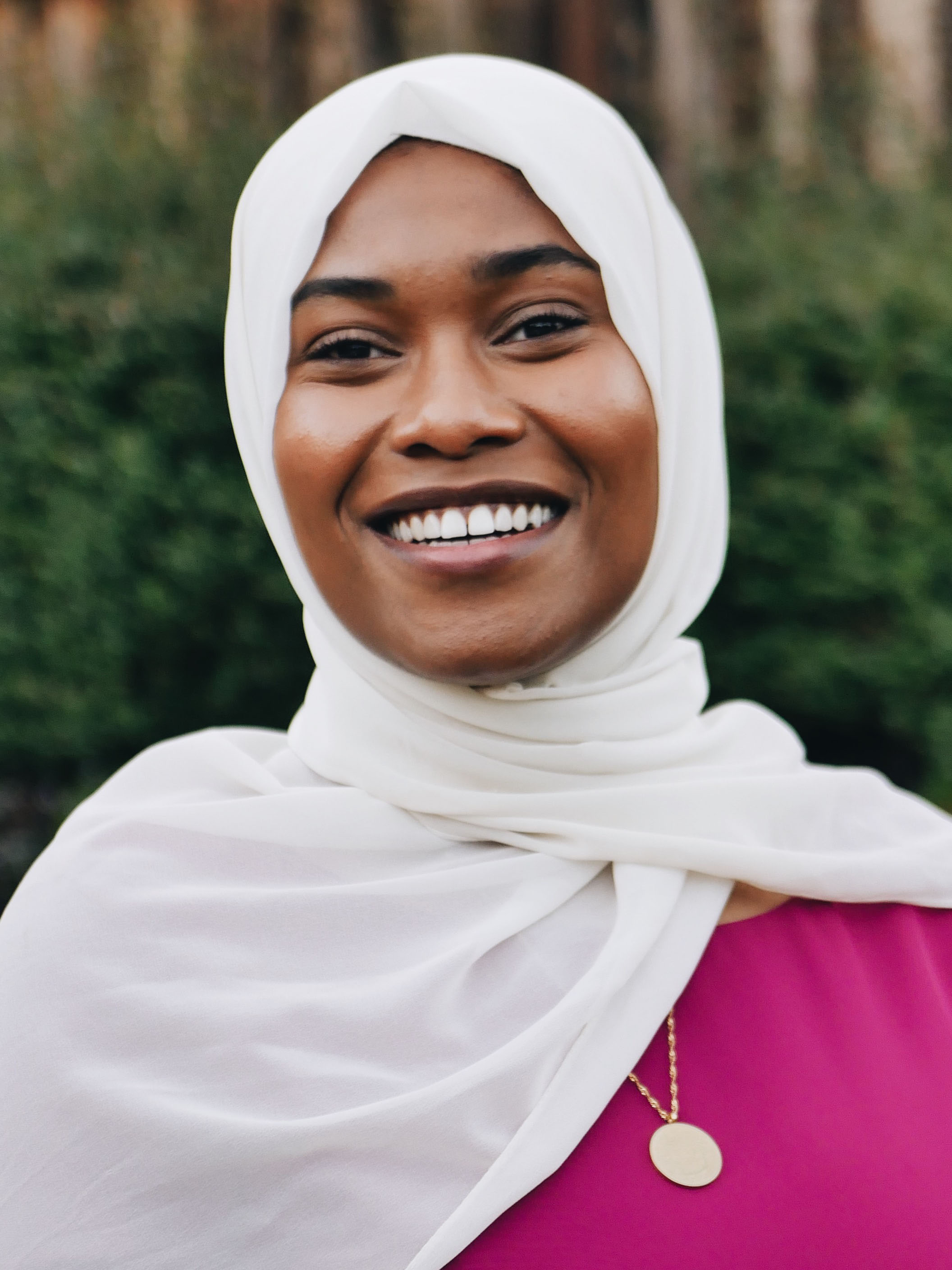Asking for a Friend... Where Can My Organization Start on Reparations?

Want to join the conversation? Submit your question below! While we can't get to every question, the NCG team will work to respond to questions as we're able.
Conundrum: Where Can My Organization Start on Reparations?
Submitted Monday, July 24, 2023
Hi NCG,
I am so invested in Black liberation work and always trying to figure out how to move my institution towards this vision. In particular, I keep hearing recently that philanthropy has a role in the reparations movement. I saw that NCG even had a session focused on reparations and land back work at your last Annual Conference.
My question is where do I start to engage my institution (a small and mighty family foundation) on reparations and the land rematriation efforts. All the questions- who, what, where, when, how? I know this is such a big topic. Thanks for any guidance!
Signed,
Where To Start
Advice
Dear Where to Start,
I’m so glad you reached out! This is such a big topic but it’s necessary to start somewhere and you’re asking all the right questions. For me, education is always the best place to begin, for both the individual and the institution. Let’s break it down!
What are reparations and who are they for?
Reparations are about more than just returning money and resources to the communities that were divested from to build philanthropy’s wealth; it’s about more than charity. Reparations are tied to both economic freedom and land sovereignty for the Black and Indigenous communities that were historically plundered due to both the institution of slavery and the ongoing legacy of colonialism and white supremacist practices in the United States.
Economic freedom: wealth return and reclamation without restriction or surveillance over how money and resources are used
Land sovereignty: returning land and its accompanying resources back to both the Indigenous communities land was stolen from and to Black communities this land was promised to. The solidarity work is summed up best by Black community herbalist Ayo Ngozi who says, “Our people share common threads of experience—from land reverence and kinship, to violence, displacement, and genocide—so it makes sense that we would work in solidarity to free ourselves.”
Legacy of Black self-determination
What there’s less discussion about when it comes to what reparations are is political freedom. For Black people living in the U.S., reparations have also long been tied to political self-determination. In the Bay Area, we are rooted in a deep historical legacy of Black movement-building that called for a reimagining of current political systems. Since the early 1900s, Black revolutionaries, particularly the New Afrikan Independence Movement have been calling for the power to determine our own destiny with liberated resources for us and by us.
Where, when, and how do we go about reparations as philanthropy?
In an ideal world, a “repaired” world, would we even need philanthropy? Or would every single foundation’s strategic plan would be figuring out a way to spend down and sunset because they would be moving all their resources towards BIPOC movement, power-building, and other liberatory leaders who are doing the work to build self-determined and liberated communities?
If so, how do we get there? We can start by shifting behaviors and practices. Jocelynne Rainey & Lisa Pilar Cowan recently penned an article for Nonprofit Quarterly, “Reparations, Not Charity”, that articulates five ways foundations can begin shifting said behaviors and practices in a way that helps foundations integrate a reparative framework into their work and move the field towards reparations and away from charity. To summarize their five points:
- Move the money to those on the ground doing the work to build liberation communities and create the conditions for reparations to exist;
- Fund expansively meaning long-term and non-restrictively;
- Fund to win using non-traditional measures of success as defined by a shared long-term vision between funders and grantee partners;
- Serve as a movement thought partner, advocate and remember that you hold a position of power and resource as a funder that you should be using to fortify movement-building
- Commit to the work by explicitly including reparations as a part of your organizational mission and vision.
These are just some places you can start.
I hope this helps!
Signed,
Nicole




